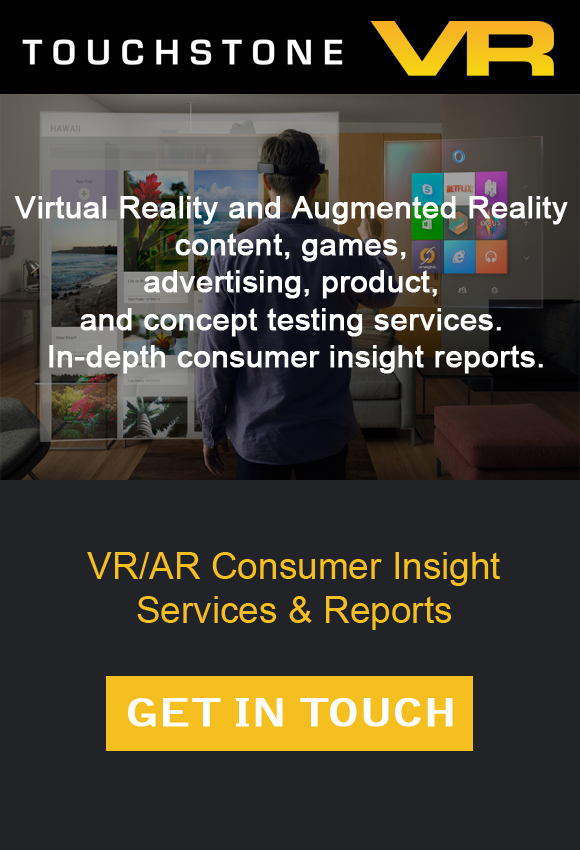Virtual Reality is being used in classrooms now more than ever. One quarter of the schools are already using VR, and this number is continuing to grow. While most teachers are aware of VR, over three quarters of teachers have never used it in a school environment before and many agree that VR would definitely be a benefit in subjects such as science, history, and the arts and design. In science, students can use Anatomy 4D apps to dissect animals, instead of using real animals. There are even applications to enhance students’ creativity, saving already struggling school art budgets from needing to purchase art supplies.
Only about a quarter of US schools use VR tech at the moment, and 40% aren’t sure they’ll use it in the future. However if more schools knew of the benefits of VR, the investment would be more than worth it. Benefits of using VR in the classroom include: exciting students to learn, encouraging creativity, making difficult concepts easier to understand, helping cut back on costs for physical field trips, and letting students learn from anywhere. Google Expeditions offers VR field trip programs to let classrooms freely explore from the comfort of their classroom.
But with every benefit, there are some drawbacks. At the moment, educational professionals worry that there isn’t enough VR content available yet, it could be too expensive or difficult to implement, and could serve as more of a distraction than a learning aid. Despite these setbacks, the benefits of VR, when it comes to education, are priceless when it comes to the next generation’s future.
Below is the infographic by Extreme:




